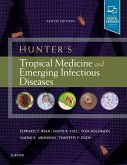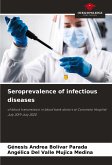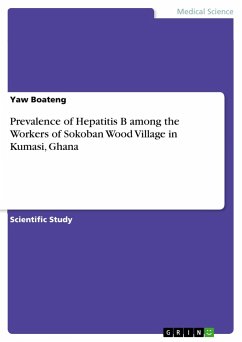Much-acclaimed, this book is now available in paperback. It provides an analytical framework for evaluating public health measures aimed at eradicating or controlling communicable diseases, such as malaria, measles, river blindness, sleeping sickness, schistosomiasis, and AIDS. The authors are leaders in the field. Their distinctive contribution has been to show the practice and far-reaching power of mathematical modelling in epidemiology, fully set out here for the first time.
This book deals with infectious diseases -- viral, bacterial, protozoan and helminth -- in terms of the dynamics of their interaction with host populations. The book combines mathematical models with extensive use of epidemiological and other data. This analytic framework is highly useful for the evaluation of public health strategies aimed at controlling or eradicating particular infections. Such a framework is increasingly important in light of the widespread concern for primary health care programs aimed at such diseases as measles, malaria, river blindness, sleeping sickness, and schistosomiasis, and the advent of AIDS/HIV and other emerging viruses. Throughout the book, the mathematics is used as a tool for thinking clearly about fundamental and applied problems having to do with infectious diseases. The book is divided into two parts, one dealing with microparasites (viruses, bacteria and protozoans) and the other with macroparasites (helminths and parasitic arthropods). Each part begins with simple models, developed in a biologically intuitive way, and then goes on to develop more complicated and realistic models as tools for public health planning. The book synthesizes previous work in this rapidly growing field (much of which is scattered between the ecological and the medical literature) with a good deal of new material.
Hinweis: Dieser Artikel kann nur an eine deutsche Lieferadresse ausgeliefert werden.
This book deals with infectious diseases -- viral, bacterial, protozoan and helminth -- in terms of the dynamics of their interaction with host populations. The book combines mathematical models with extensive use of epidemiological and other data. This analytic framework is highly useful for the evaluation of public health strategies aimed at controlling or eradicating particular infections. Such a framework is increasingly important in light of the widespread concern for primary health care programs aimed at such diseases as measles, malaria, river blindness, sleeping sickness, and schistosomiasis, and the advent of AIDS/HIV and other emerging viruses. Throughout the book, the mathematics is used as a tool for thinking clearly about fundamental and applied problems having to do with infectious diseases. The book is divided into two parts, one dealing with microparasites (viruses, bacteria and protozoans) and the other with macroparasites (helminths and parasitic arthropods). Each part begins with simple models, developed in a biologically intuitive way, and then goes on to develop more complicated and realistic models as tools for public health planning. The book synthesizes previous work in this rapidly growing field (much of which is scattered between the ecological and the medical literature) with a good deal of new material.
Hinweis: Dieser Artikel kann nur an eine deutsche Lieferadresse ausgeliefert werden.








